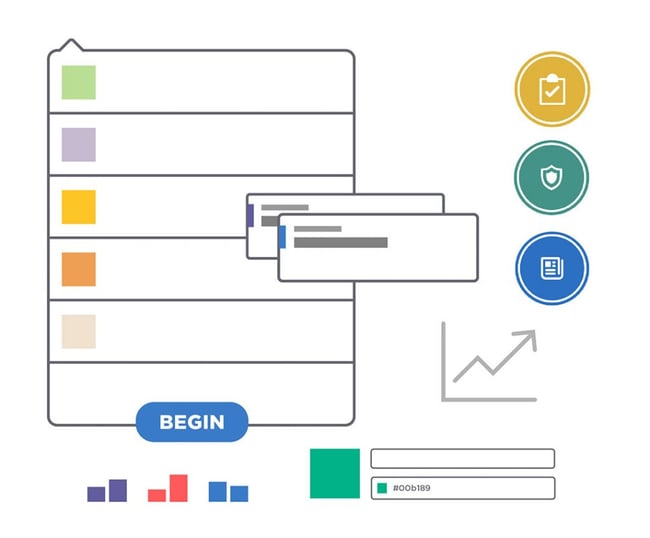You may have a brilliant idea, but do you know how to turn it into something real? Managing a project can feel daunting. But, with the right planning and know-how, you can get that idea out of your head and into the world where it belongs.
Let’s get started.
1. Before managing a project, clearly define it

The first step to realizing any idea is defining where you are now and where you want to go. Before you kick off your project, ask yourself a few important questions:
- What am I trying to solve?
- How will I know this project has been successful?
- How much will this project cost?
- What resources will help me complete this project?
- Are there obvious roadblocks I may encounter along the way?
- What smaller milestones make up my larger project?
As you get a clearer picture of your project and your goals, you’ll also envision your eventual success. And you’ll know how to anticipate (and resolve) problems before they derail your hard work.
2. Choose the right people for the job

Managing a project can be a good or terrible experience depending on who’s involved. So now that you’ve got a clearly defined project, get ready to assemble your dream team.
Whether it’s a group of coworkers, vendors, or freelancers, each team member should have enough expertise to complete their piece of the project.
Empower team members with specific, actionable goals that they’ll be accountable for throughout the project.
3. Find a place to collaborate

In today’s workplace, team members may not work in the same physical space. Your team might include vendors across the country, freelancers overseas, and coworkers who live life on the road.
So to keep team members on the same page, provide a one-stop location where the team can see deliverables, due dates, assignments, and progress. BrainStorm’s application of choice, Microsoft Planner, makes projects easy to visualize and even easier to manage.
4. Give your projects a start and end date
It probably goes without saying that your project needs a timeline—but it’s equally important to give your smaller milestones their own start and end dates, too.
Call it human nature.
It’s easy to fall behind and think you have plenty of time to catch up, but just one small missed deadline can clog a workflow and bring your project to a screeching halt. Set deadlines early and follow up on them every step of the way to keep your project running smoothly.
5. Monitor progress daily

Successful, on-time projects have one thing in common—they didn’t get there on their own.
Think about it. Projects need constant monitoring, shepherding, and troubleshooting to stay on track. A good software tool can automate some of the processes, but you need to ensure everything goes according to plan. Check in often so you know what problems are in your way. And communicate often.
We’re not recommending micromanagement here. But it’s better to be overinformed than to realize you’ve done too little, too late.
Any project (big or small) requires careful planning, the right team, and clear milestones. Remember that the project is yours to conquer and yours to make amazing. You’ve got this.
Are you a project leader in charge of Microsoft adoption? Jumpstart your efforts with a free BrainStorm demo.


